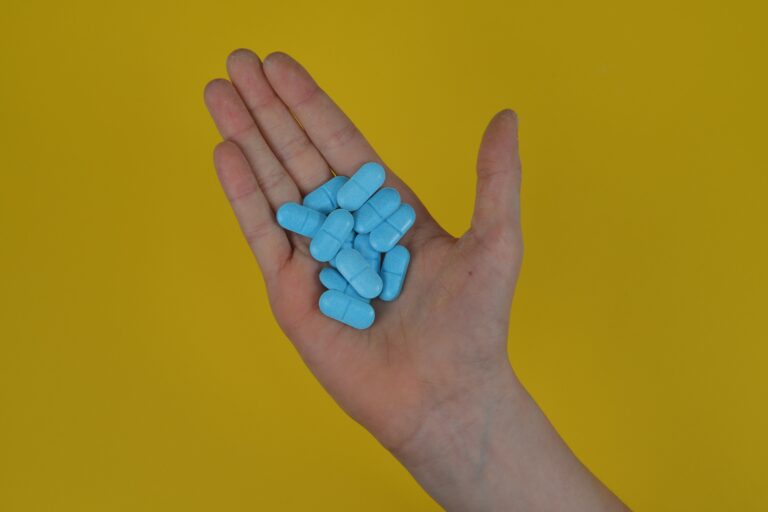
There are unlimited (health) needs in a world of limited resources. Medications represent but one of these needs.
For example, the health care costs of patients prescribed medications but who do not fulfill and comply with their prescriptions are estimated between $100-250 billion. Ongoing failure of society to meet the medication needs of the indigent impacts us all. Prescription costs often prohibit the vulnerable and working poor from obtaining needed medications. Patient assistance programs (PAP), philanthropy from pharmaceutical companies, provide $3-4 billion in medication (25,000,000 one month prescriptions) per year for eligible individuals. The programs are difficult and cumbersome to access. Required application forms are tedious, redundant and not entirely managed electronically, creating barriers and inefficiencies for patients, clinic/providers, and pharmaceutical companies.
The new landscape of health care will see more individuals, including many of those previously considered uninsurable, covered by insurance. Despite these changes delivered by the Affordable Care Act, the problem of the uninsured will remain. Best estimates suggest 20-30 million Americans will remain uninsured; these numbers may trend higher as many States opted not to expand Medicaid.
Many of those newly insured will find, like many of those already insured, that they are underinsured. Increasingly, the burden of paying for health care has shifted to the individual.
Many are faced with the question in the era of the Affordable Care Act, how can I afford to pay for medical treatment and medication?
More insurance plans are moving to high deductibles, which will increasingly force patients to become consumers who “pay (a significant portion of the cost of health care expenses) as they go”. Patients now responsible for sharing in the cost will want to shop and see the costs of goods (medicines) and services before deciding how and where to buy their health care.
To date, our society has chosen to focus health care on the insurable. Increasingly, those that cannot afford health care (the uninsured and underinsured) and are not able to access insurance, or enough insurance, contribute to rapidly rising uncompensated and charity care threatening the fiscal viability of hospitals, health care systems, and governments. For the uninsured, there is a robust network of indigent clinics that serve as a safety net. Emergency rooms provide additional sites for stopgap urgent care. Wherever seen, patients and caregivers alike, struggle to close the circuit of diagnosis to therapy.
Five percent of patients account for 50% of all health care expenditures. The specifics and behavior of the underserved sector of our population is only now being understood. Systems are starting to wrestle with the information to better navigate and manage the health care of those in need.
Philanthropy in many forms, from free and discounted medical care to free and discounted medication, is too often given in a shotgun approach – to all those that need. Some portion of philanthropy might better be focused on those the 5%, that are sickest and costliest, to leverage charity to impact those in greatest need.